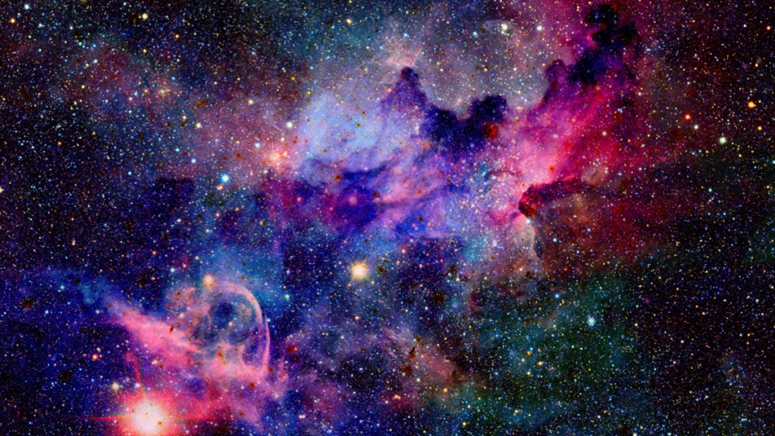? The mystery of galactic magnetic fields finally solved

champs magnétiques—
If stars and planets generate them through internal processes, the origin of very large-scale magnetic fields remains largely obscure.
New simulations suggest that the very large-scale magnetic fields that dominate the Universe today developed from their tiny counterparts, which arose spontaneously in turbulent plasmas.

TURBULENT PLASMAS AND GIANT MAGNETIC FIELDS
Originally, the Universe consisted of a moving unmagnetized plasma. In work published in the journal Physical Review Letters , Lorenzo Sironi and his colleagues at Columbia University simulated turbulence within this molecular soup to study a phenomenon known as Weibel instability.
“ In a turbulent fluid, asymmetries can arise when more particles move in one direction than the others ,” says Sironi. “ These asymmetries in the charged particles cause the spontaneous appearance of tiny magnetic fields . »
The models used revealed that the Weibel instability created a tiny initial magnetic field , forcing charged particles to cluster together. Combined with the swirling of the plasma, this clumping led to a gradual increase in magnetism.

“ Turbulence takes these magnetic field lines and twists them, stretches them, bends them, which actually helps strengthen them ,” says Sironi. “ Eventually, tiny magnetic fields may reach the galactic, even intergalactic, scales that we currently observe. »
AN IMPORTANT DISCOVERY
While individual objects such as stars and planets can easily generate their own magnetic fields through internal processes, the origin of those in galaxies and galactic clusters has until now remained largely obscure.
According to Sironi, the “ magnetization mechanism ” revealed would also explain why some of the most pristine regions of the cosmos possess a tiny magnetic field.
" It's not the only one possible, but it's promising ," says the researcher. “ A better understanding of these magnetic fields could also help astronomers determine the properties of turbulent plasmas in the Universe, which are extremely difficult to measure directly . »
Source: websites

